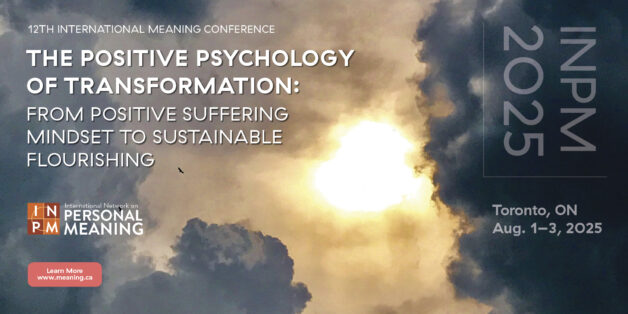Description
The current study aims to demonstrate how creative, experiential, and attitudinal values can be applied in an education setting. Its overarching objective is to determine whether there are differences between the value systems of students who scored high on the PIL from those who scored low. A stratified sample of two groups, 10 students with high PIL-scores and 10 students with low PIL-scores, was selected from 101 participants. Semi-structured interviews were used to gather information.
A computer software package (NUD*IST) was used to analyse the interviews. The results of the current study revealed that value systems of students who scored high on the Purpose in Life Test (PIL) differ from those who scores low. What is distinctive about participants with higher PIL scores is that they see meaning in their studies, are more interested in providing service, and they maintain positive attitudes. On the contrary participants who scored low on the PIL don’t see meaning in their studies, are more interested in money and status, and they tend to hold negative attitudes.

 Meaning Conference 2025 will be the INPM’s first in-person conference with a virtual option after the pandemic.
Meaning Conference 2025 will be the INPM’s first in-person conference with a virtual option after the pandemic.